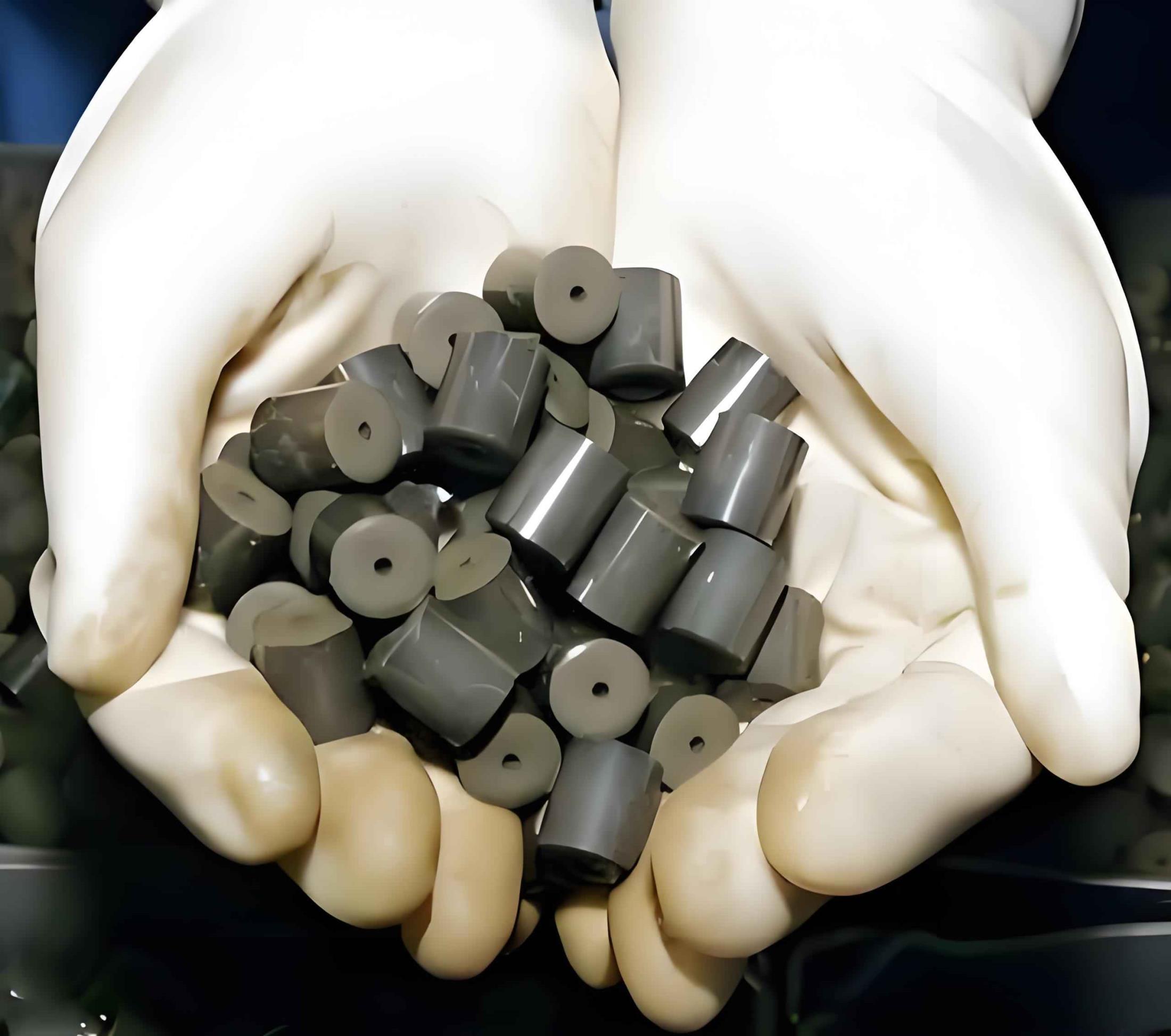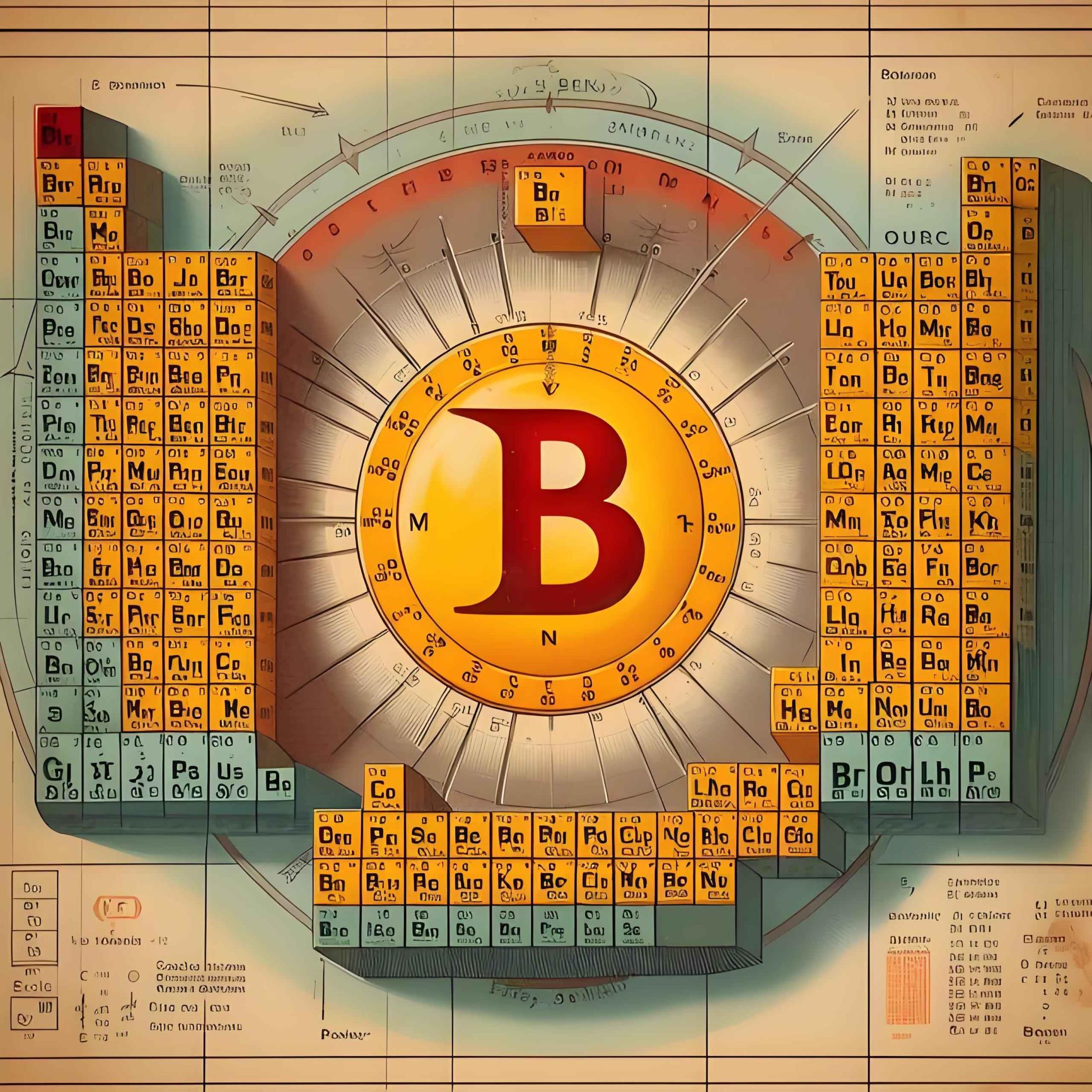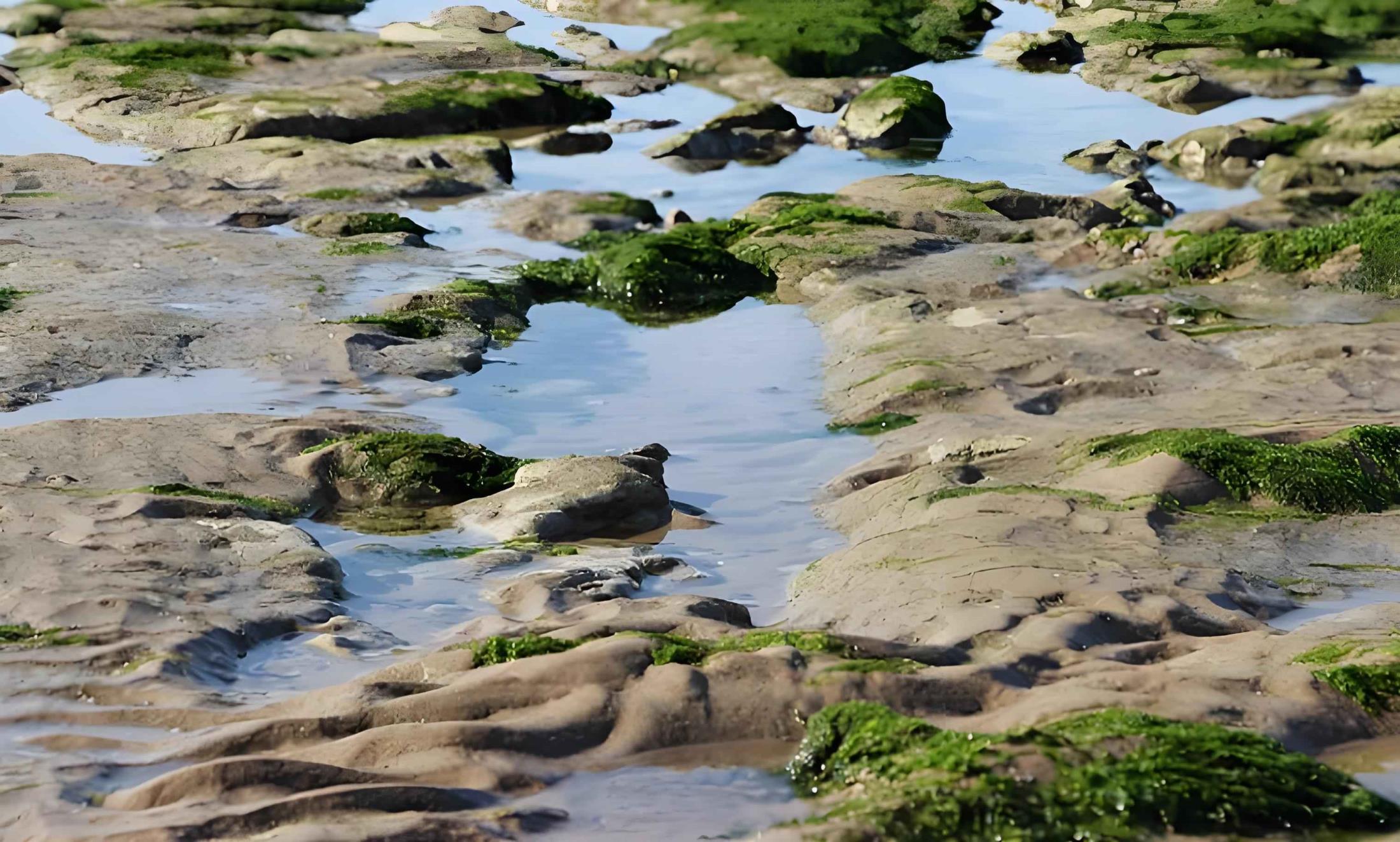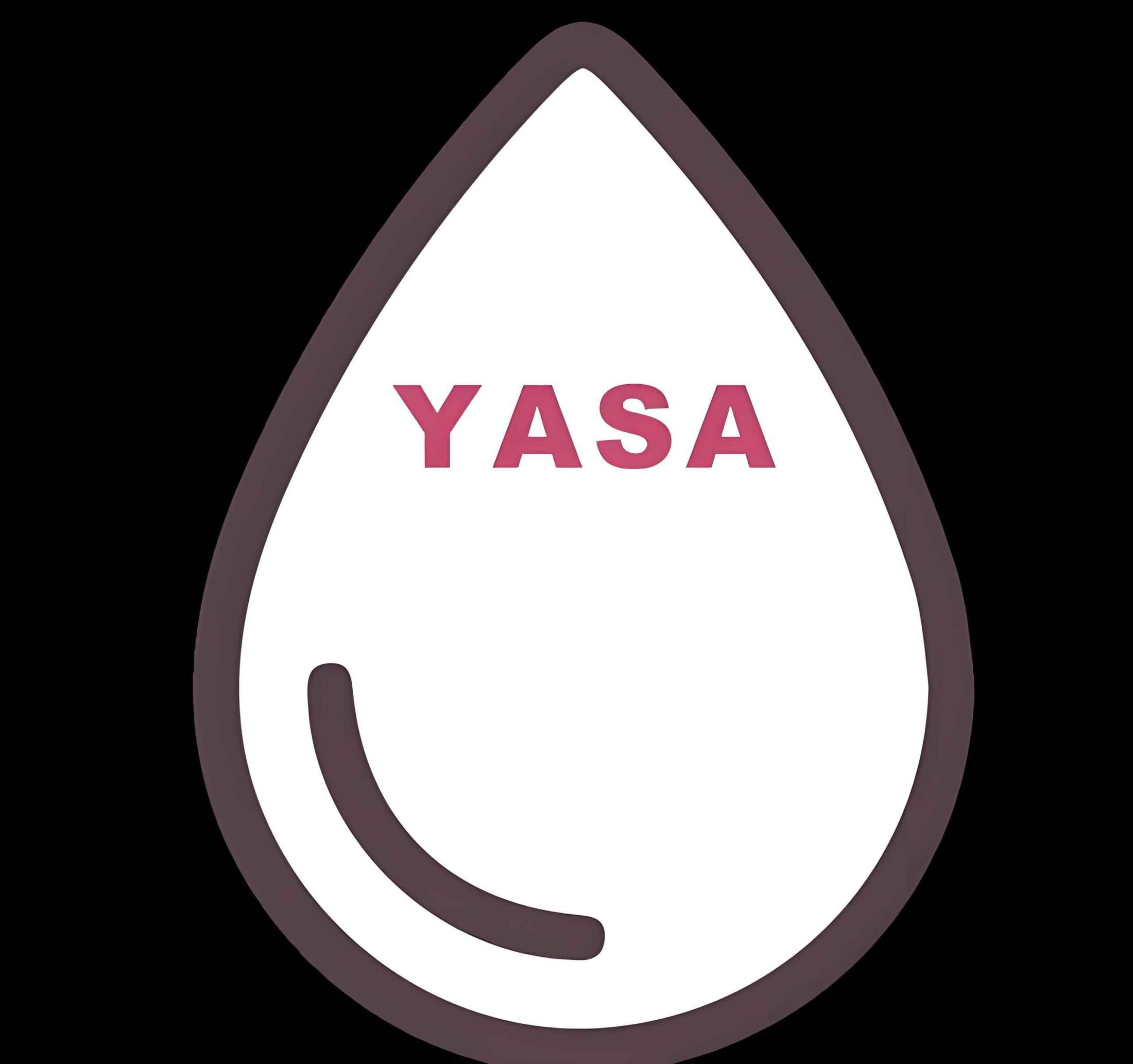- 2025-07-22
Removal of radium and uranium from water
Uranium-radium pollution characteristics and risksUranium (<sup>238</sup>U) decays to produce radium (<sup>226</sup>Ra), and the two often coexist in groundwater. The main hazards include:WHO alert is tri…
Learn more










